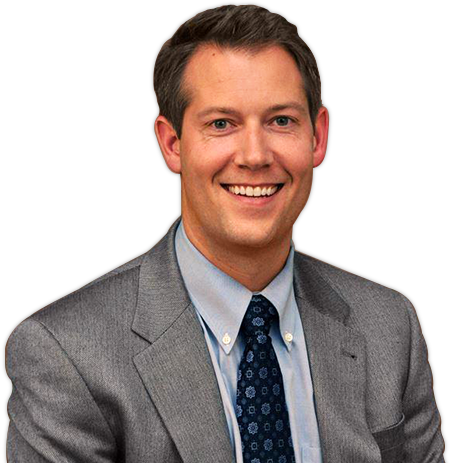Latissimus Transfer (Subscap)
PHASE I: Protected ROM (8 weeks)
- May remove dressing and shower postop day # 3.
- Sutures are all underneath the skin and will dissolve on their own.
- Ice or cold flow systems encouraged for the first week at a minimum: should be used 3-4 times per day.
- Sling should be in place when not performing exercises.
- Hold pendulum exercises until 4 weeks following surgery
- May start active scapular mobility exercises at 6 weeks – Must keep the shoulder musculature relaxed.
- Avoid all active and active assistive exercises until cleared by the surgeon. This includes pulley exercises, wand and supine assisted exercises.
- Initiate exercise program 3 times per day:
- Immediate elbow, forearm and hand range of motion out of sling
- Passive external rotation of the shoulder to 30 - instruct family member (start at 6 weeks)
- PROM into scapular plane elevation to 120 degrees (start at 6 weeks)
PHASE II: Progressive ROM (8 to 12 weeks)
- May discontinue sling.
- Lifting restriction of 5 pounds should be reinforced with patient.
- Start AAROM and AROM – includes pulleys, wand and supine gravity assisted exercises. Emphasize all motions except IR behind the back until 3 months.
- Isolate and strengthen scapular stabilizers.
- Progress PROM and capsular stretching of the shoulder as needed – elevation and external rotation as tolerated
- Avoid resisted training or strengthening. Avoid AROM in positions of subacromial impingement.
PHASE III: ( >12 weeks)
- Discontinue formal lifting restrictions.
- Start progressive rotator cuff and shoulder strengthening at 3 months – isometrics initially
- Initiate isotonic strengthening at 4 months (Theraband, dumbbells, Hughston’s exercises, etc). Include home cuff strengthening program. Continue to emphasize scapular stabilizers.
- Equate active and passive range of motion. Encourage scapulohumeral mechanics during active shoulder motion.
- Simulate work/recreational activities as rotator cuff strength and endurance improve.
 You will need the Adobe Reader to view and print these documents.
You will need the Adobe Reader to view and print these documents.









